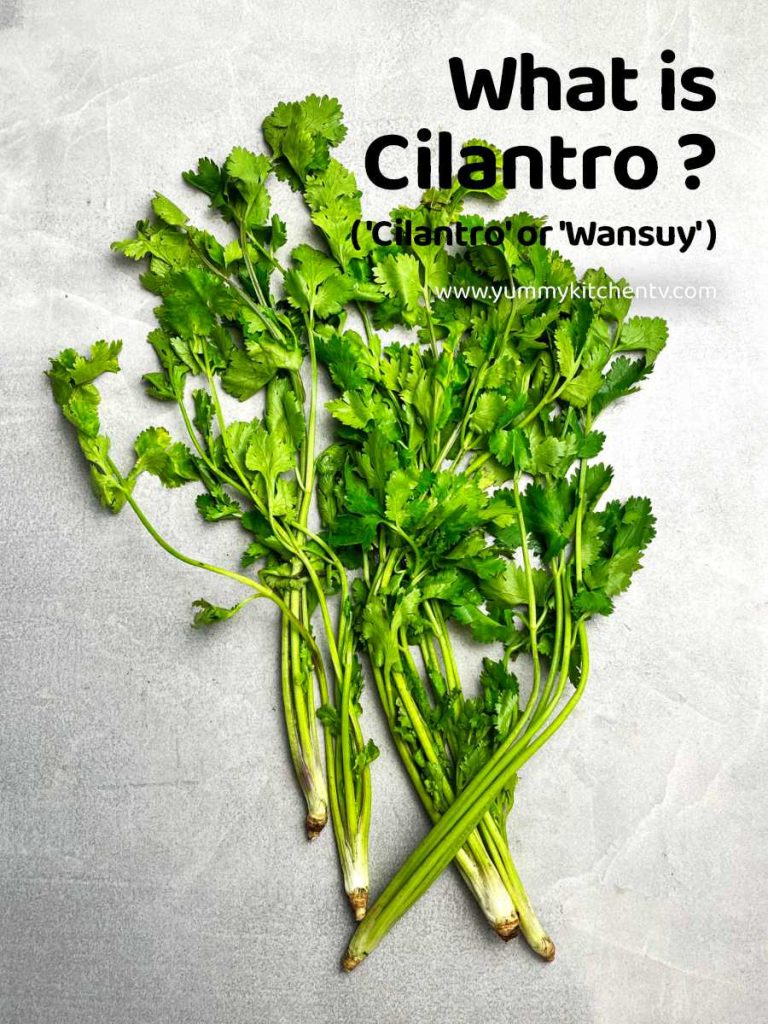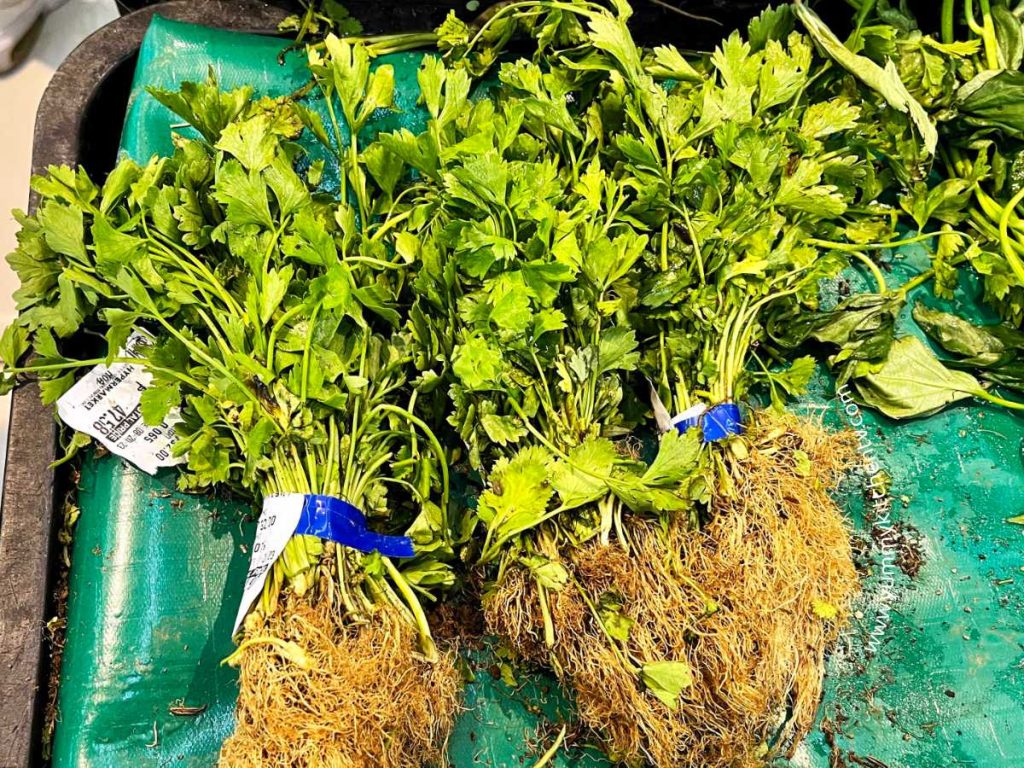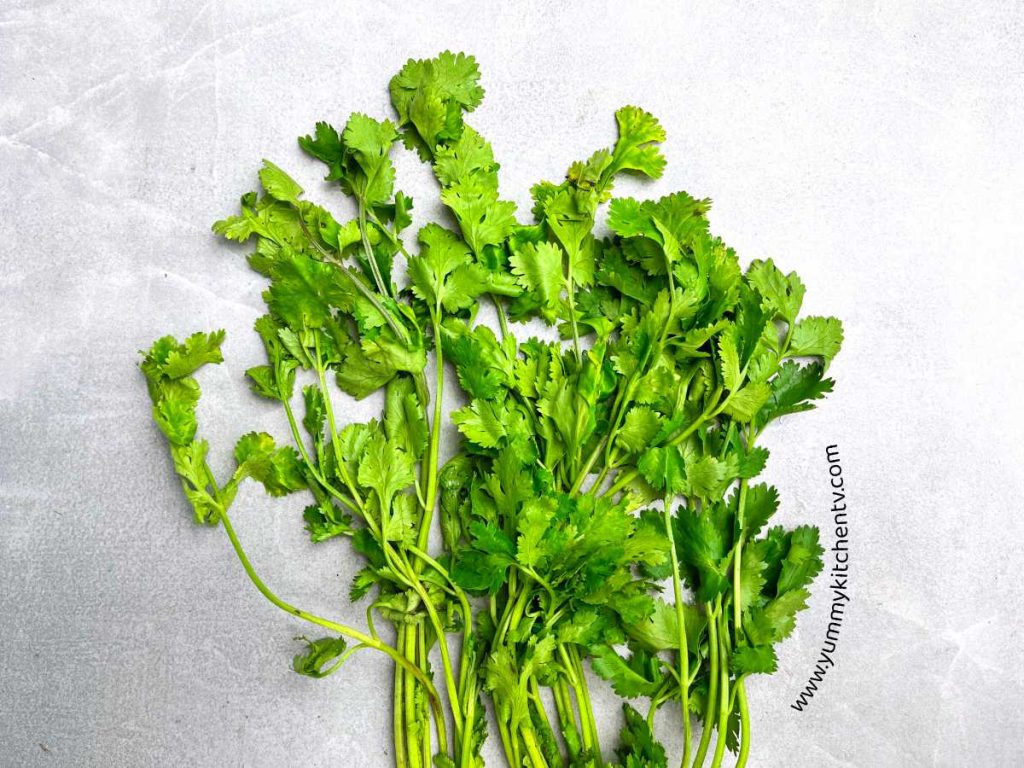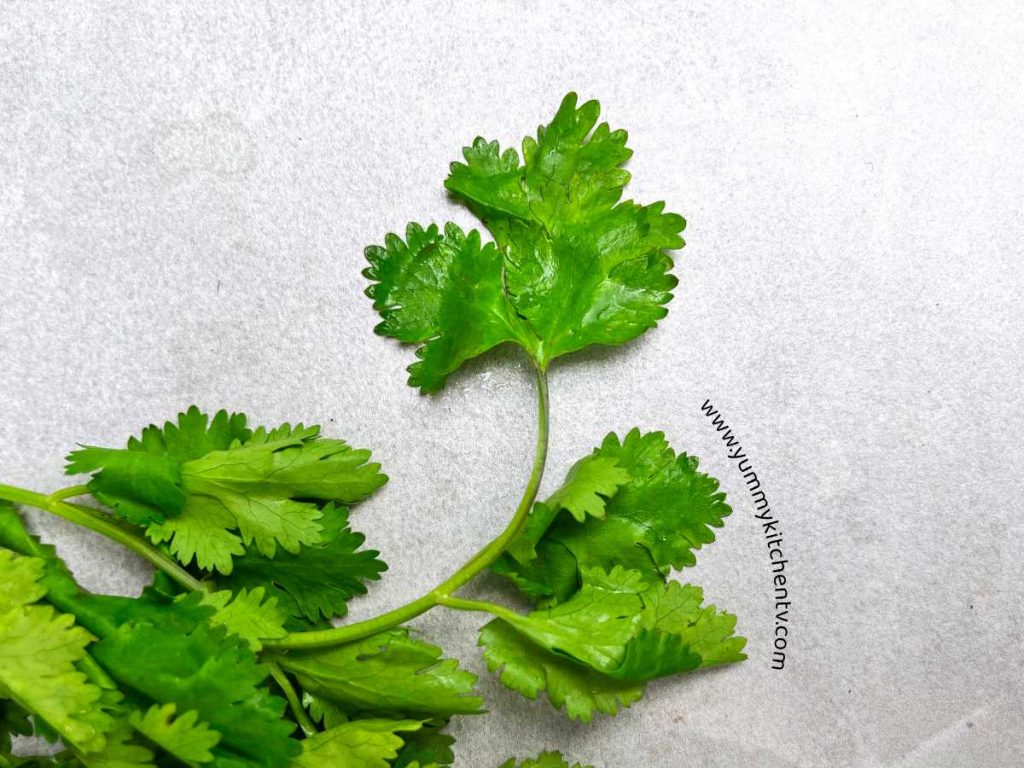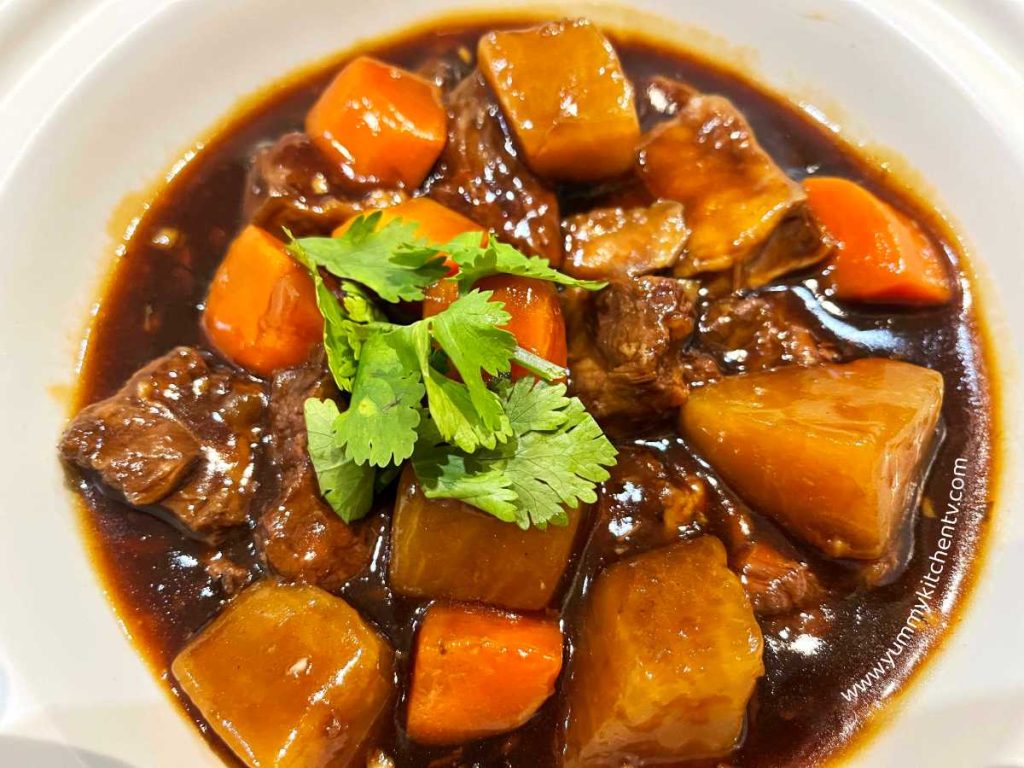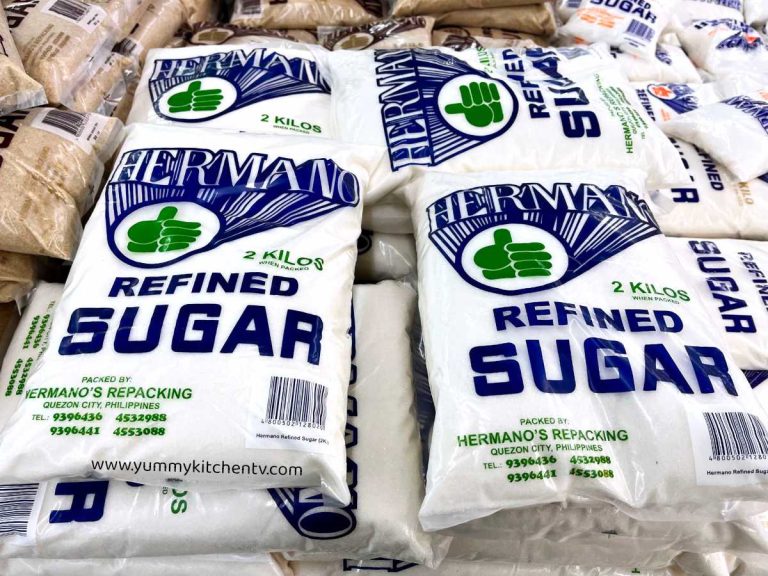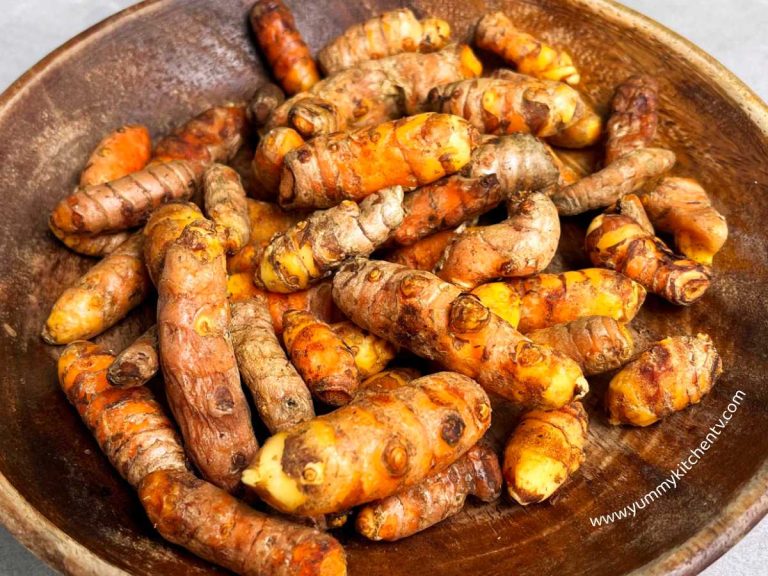Cilantro
Cilantro is a delicate herb used to add color, fragrance, and a subtle citrusy flavor to a variety of dishes. The most popular uses are in salads, salsa, as a garnish and more. A versatile herb that many people either love or hate, this flat leaf spice-herb has a lot of benefits to those willing to add these into their diet. Some examples include reducing the risk of diabetes, seizures, obesity, and heart disease. The advantages come from its rich amount of antioxidants, especially Vitamin k, with many more nutrients. In this article, we’ll explore more on how this distinctive herb will help enhance your dishes.
A short Introduction
Where does cilantro come from? The herb also called ‘Coriander’ is under the Apicaceae family, an annual herb in which everything from the plant, stem, leaves, and seeds are edible. The name actually came from the 14th century old French word ‘Coriandre’ from the Latin ‘Coriandrum’ , a name once given to a bed bug due to how it smells. Though the oldest known written name for this plant was from the Greeks that named these ‘Koriannon’ or ‘Koriandron’ that turned into ‘Koriander’, till it progressed into the common name ‘Coriander’ that we know of now. Though some call the seeds ‘Coriander’, the plant itself with the stems and leaves are called ‘Cilantro’. A herb native to Southeastern Asia, Southern Europe, and Northern Africa, it can grow to about 20 inches in height, leaves varying in shape but are typically flat and fragile, these are typically used as garnish or blended into sauces, some who do use the stems or leaves typically add these at the end of the cooking period to keep it from wilting too much.The roots which are turned into paste for curry and soups are commonly found in Thai cuisine. With the seeds commonly used into surries, for marinades, salads, curing, or for pickling.
What does cilantro taste like? Depending on who you ask some would say that it does not have a pleasant taste, close to eating soap, depending on one’s genes it can taste either great or bad. Others love this, stating that it has a citrus-y, subtle peppery, and fresh taste that makes them great to add into a lot of dishes that need not only a pop of color but a slight tang. You can find them mixed into many cuisines and eaten in so many ways. From a simple cilantro ranch dressing to side with the main dish, to the ever popular guacamole recipe, a simple and easy cilantro lime rice in rice cooker or cilantro lime chicken thighs dish you can make for a quick and filling dinner, with many more Yummy Kitchen linked down below!
Cilantro Benefits and Side Effects (Benefits of Wansoy)
Is cilantro good for you? A fragrant herb found in almost all cuisines used for culinary purposes or to create medicine in ancient times. Throm being eaten as is, made into tea or powder form to drink or add into soups, stews and other dishes. It has many advantages, here are a list of health benefits of cilantro:
- For Brain health, studies have proven that eating this leafy herb can reduce cognitive aging problems like Parkinsons and Alzheimers. These are also said to improve one’s memory.
- Can help with seizures, ‘dodecanal’ a component found in the herb is said to reduce excitability of the neuron and keep from brain damage due to epileptic seizures.
- It has the ability to lower blood sugar due to an enzyme that helps keep sugar away from blood. These are great for those with diabetes as it reduces the levels of hyperglycemia.
- Being a member of the plant family Umbelliferae that has lutein and beta carotene. This means that it has a high amount of antioxidants that can help fight against cell damage.
- Are great for reducing inflammation. These have antiinflammatory and analgesic effects that help support a heather heart, colon, and skin.
- Side effects: Those with low blood sugar or taking medication for diabetes might need to reduce intake or stray away from the herb as these are well known for helping lower one’s blood sugar.
* Benefits of coriander juice on an empty stomach? A ‘healthier’ substitute to coffee or tea. This take in the mornings or in an empty stomach can help with cholesterol, regulate blood sugar, helps reduce inflammation, mouth ulcers, bloating, and indigestion.
* Do note that those with a cilantro allergy might feel itchiness and swelling in the mouth, some resulting in coughing and having rashes. Do try to avoid these or consult with a doctor for allergy medication.
Cilantro Substitutes
- Coriander vs Cilantro – are one and the same, the only difference is that the plant is called cilantro while the seeds are often called “cilantro seeds”. The powder forms you can typically find are also called cilantro powder.
- Cilantro vs Parsley (wansoy vs parsley) – while both can be interchanged if used as a garnish. parsley leaves do not have a citrusy smell and taste but still do taste fresh and earthy.
- Cilantro and Chive – chives especially Chinese chives have a garlicky taste, while not similar in flavor some do use it as a substitute with an addition of a teaspoon or so of lemon or lime juice.
Questions:
- Is cilantro and coriander the same?
These are one and the same, the names are just different depending on which part of the world they are. Some consider cilantro as the plant itself while coriander are the seeds.
- Why does cilantro taste like soap to some people?
This is because of genetics. Some people, around 14% of the population, have a gene (smell receptor) called ‘OR6A2’ that can pick up the scent of aldehyde chemicals that the herb naturally has. Aldehyde chemicals are also used in soapmaking.
- Can guinea pigs eat cilantro? Can cats eat cilantro? Is cilantro bad for dogs?
This leafy spice is safe for pets to consume. Adding a bit of these into their diet can even help them digest better.
- How to harvest cilantro?
These can be harvested once a week or when it grows tall enough. It might take around 3 weeks for it to grow to a good length.
- How to store cilantro? Can I freeze cilantro?
- To store the herb in the fridge, loosely place these in an airtight plastic bag.
- Some even place these in a mason jar half filled with water, avoiding the leaves getting wet and lightly covering it with a plastic bag. Place it in the fridge after.
- Or, after giving the herb a nice rinse, let it dry fully. Chop or keep it whole, place this in an airtight container before keeping it in the freezer. Defrost and drain any liquids before using.
The “Wansoy plant”
“Wansoy” sometimes spelled as “Huansoy” the Tagalog for coriander or cilantro is used in a variety of dishes, and is especially used in many Filipino dishes. Mostly known for its many “wansoy benefits” that is said to detoxify and fight off bacteria, heals eczema, and helps improve digestion, hypertension and blood pressure. Some plant this delicate herb in their backyards or on pots of small bottles to use as homemade medicine. Creating tea or crushing the leaves or seeds, boiling these in water to drink, this method is said to help with mouth ulcers due to its antimicrobial properties. Though many if not all do find this herb delight and add into recipes that seem dull and need something to make it more appetizing, add a bit of refreshing taste to cut though the meat or oils, or just add into fresh lumpia to give it a bit more boost of flavor.
Cilantro Recipes (Wansoy Recipes)
- Added in lumpia (Filipino fried spring rolls) for that extra flavor calling it “lumpia wansoy” or Lumpiang Shanghai, also added into Lumpiang Gulay, Lumpiang Togue, or Lumpiang Sariwa with Fresh Wrapper and Sauce (the non fried, fresh version of your typical spring rolls).
- Wansoy leaves can be found used as a garnish for a pop of color like these dishes: Chili oil noodles, Quick Stir-fry Egg Noodles, Ginisang Kalabasa with noodles (stir fried squash with noodles), Pancit Sotanghon, or Siomai Soup.
- Or as a topping for : No oven Chicken Teriyaki Pizza, or this version-No Oven Chicken Pizza, Easy Teriyaki Chicken.
#Cilantro #FreshHerbs #HerbLovers #CookingWithCilantro #CilantroRecipes #FlavorBoost #HerbGarden #HealthyEating #FreshIngredients #GarnishGoals #CilantroLove #FoodFlavor


